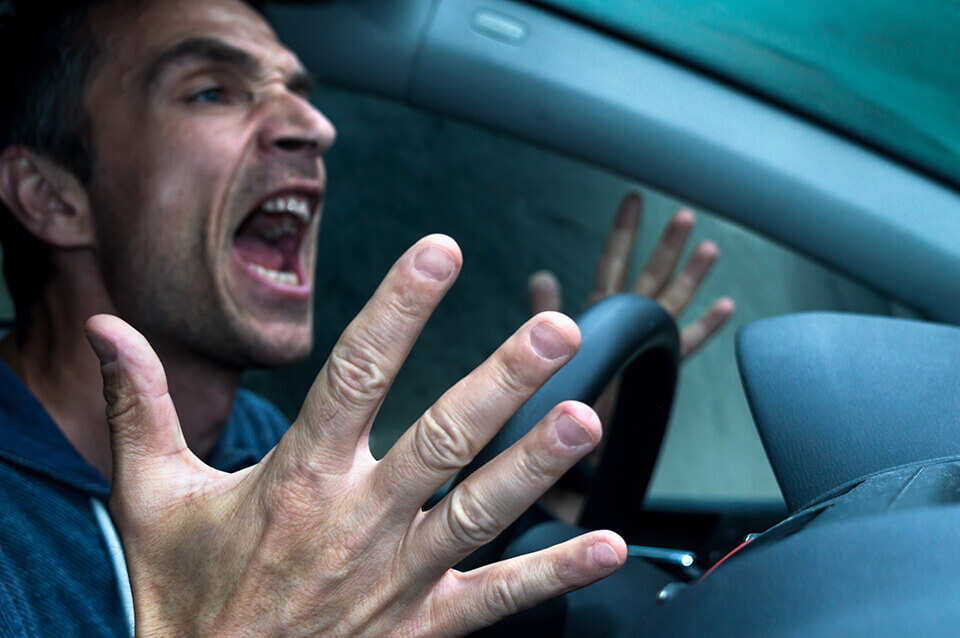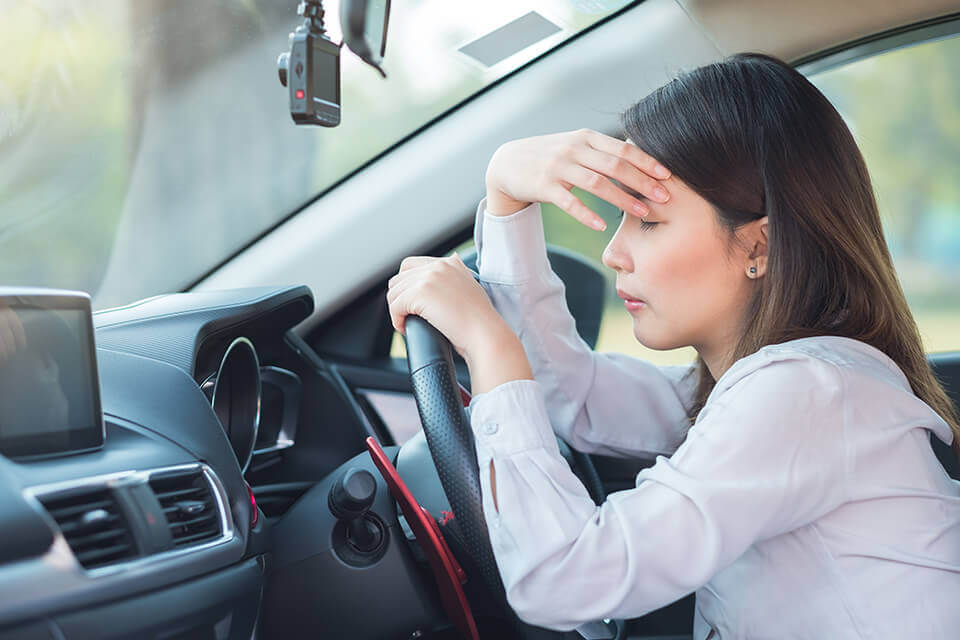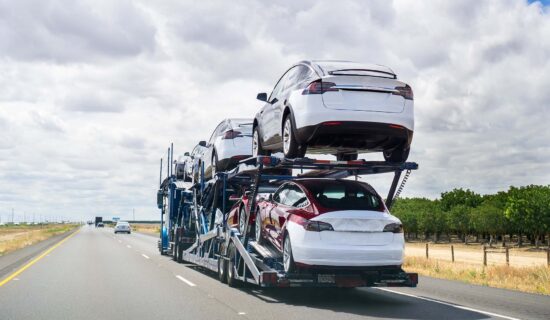How to Act If Another Driver Is Angry
While on the street, be mindful of others because you are not the only participant in the traffic. You might not feel like yelling at everybody, but other folks just might. When you happen to encounter angry drivers, you should know how to react and avoid physical confrontations:
- If possible, keep the safe distance, safely change lanes, slow down, or exit the highway.
- Don’t engage in any kind of confrontation. Ignore all the attempts of another person to start a fight, and don’t make eye contact.
- Don’t stop your vehicle because that can lead to dangerous physical contact.
- Stay in your car, even if the other person is outside yelling.
- Watch your back, and if you notice that the other driver is following you, keep the car doors locked and go to the nearest police station.
These hacks will help you avoid uncomfortable and dangerous situations that happen on the highways all across the US. Keep in mind that almost 7% of all drivers have, at one point, gotten out of the car and verbally attacked another American. Also, 6% have engaged in a physical altercation. News is filled with stories about rampage on the highways, and if you follow these steps, you won’t be one a part of them.










